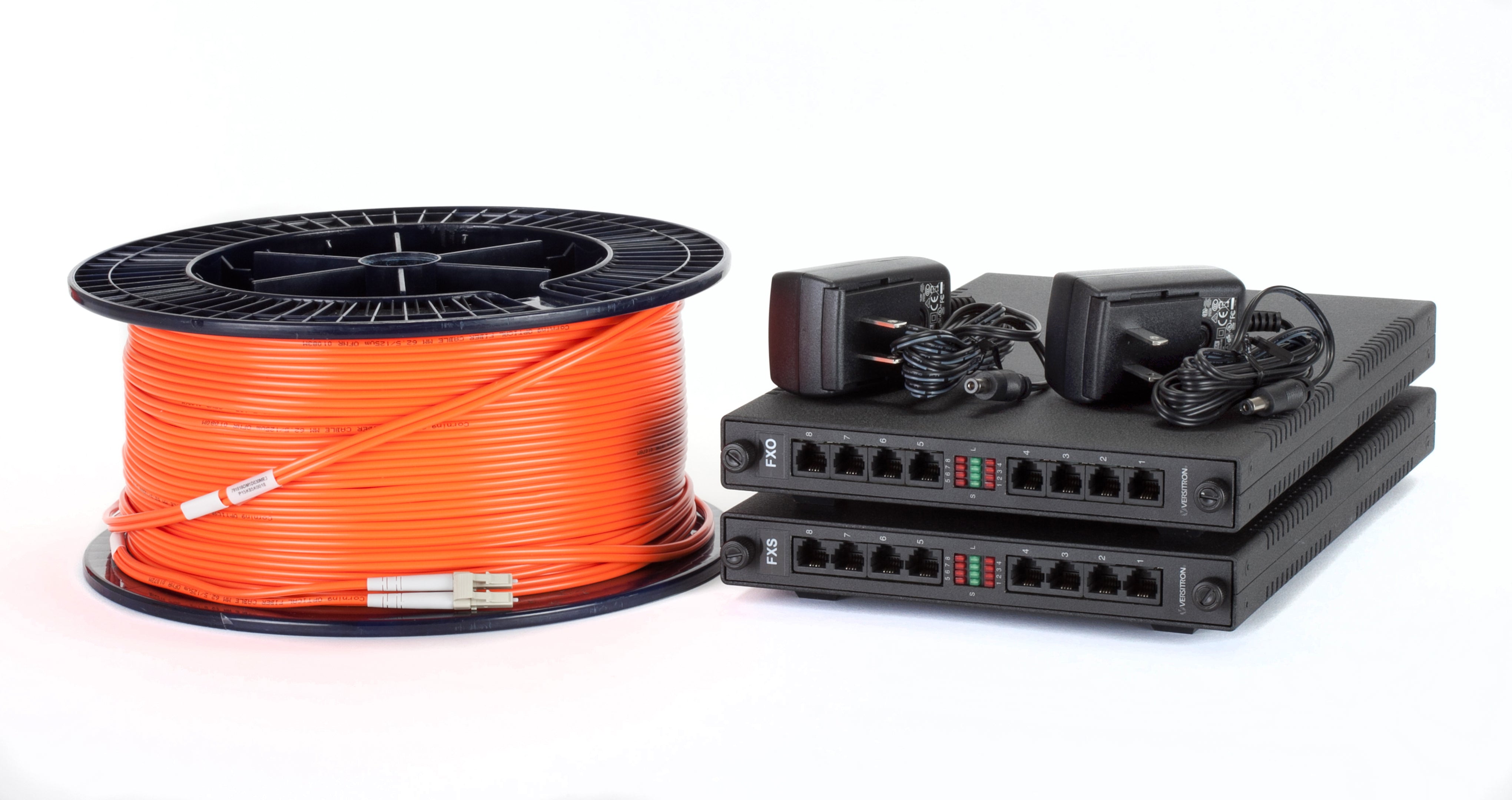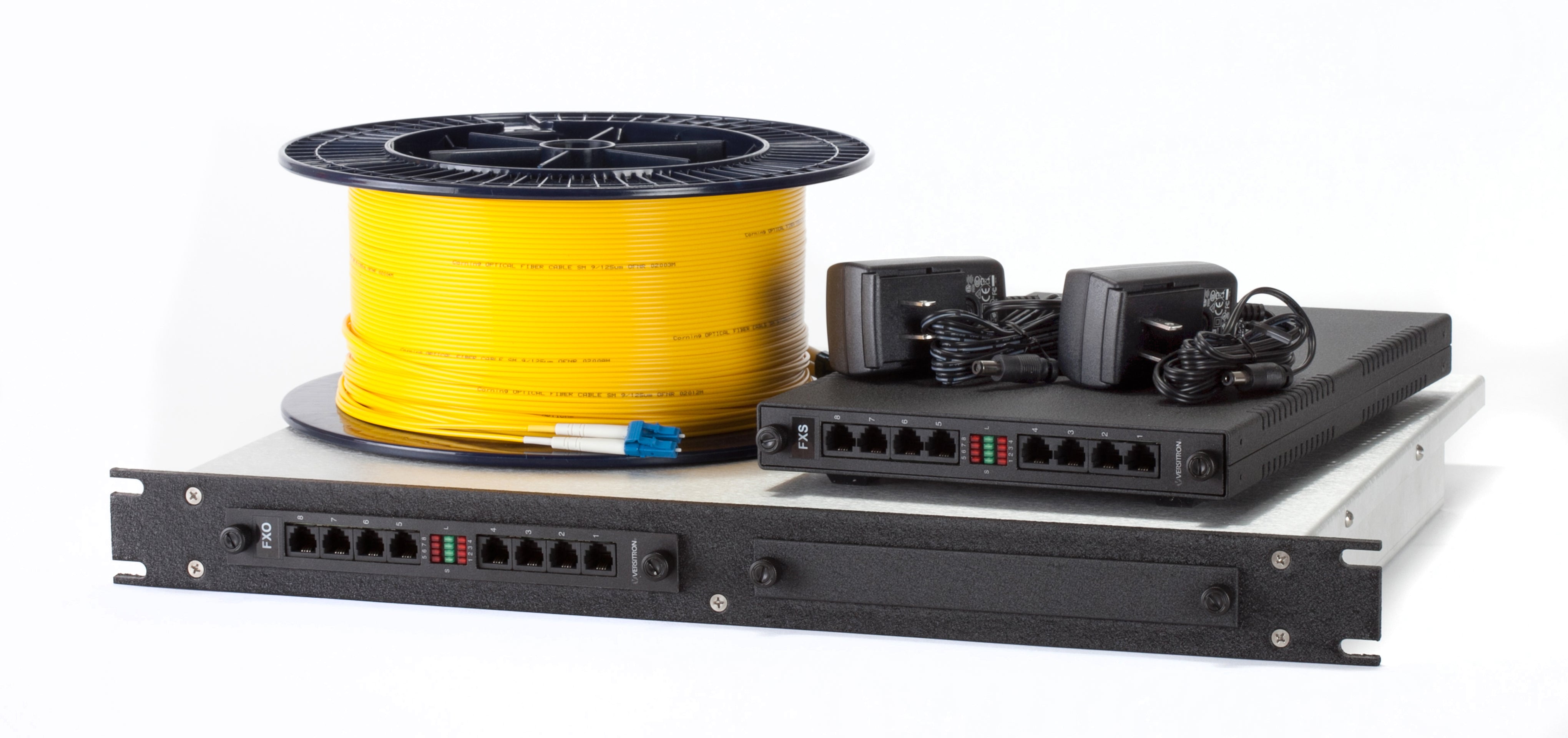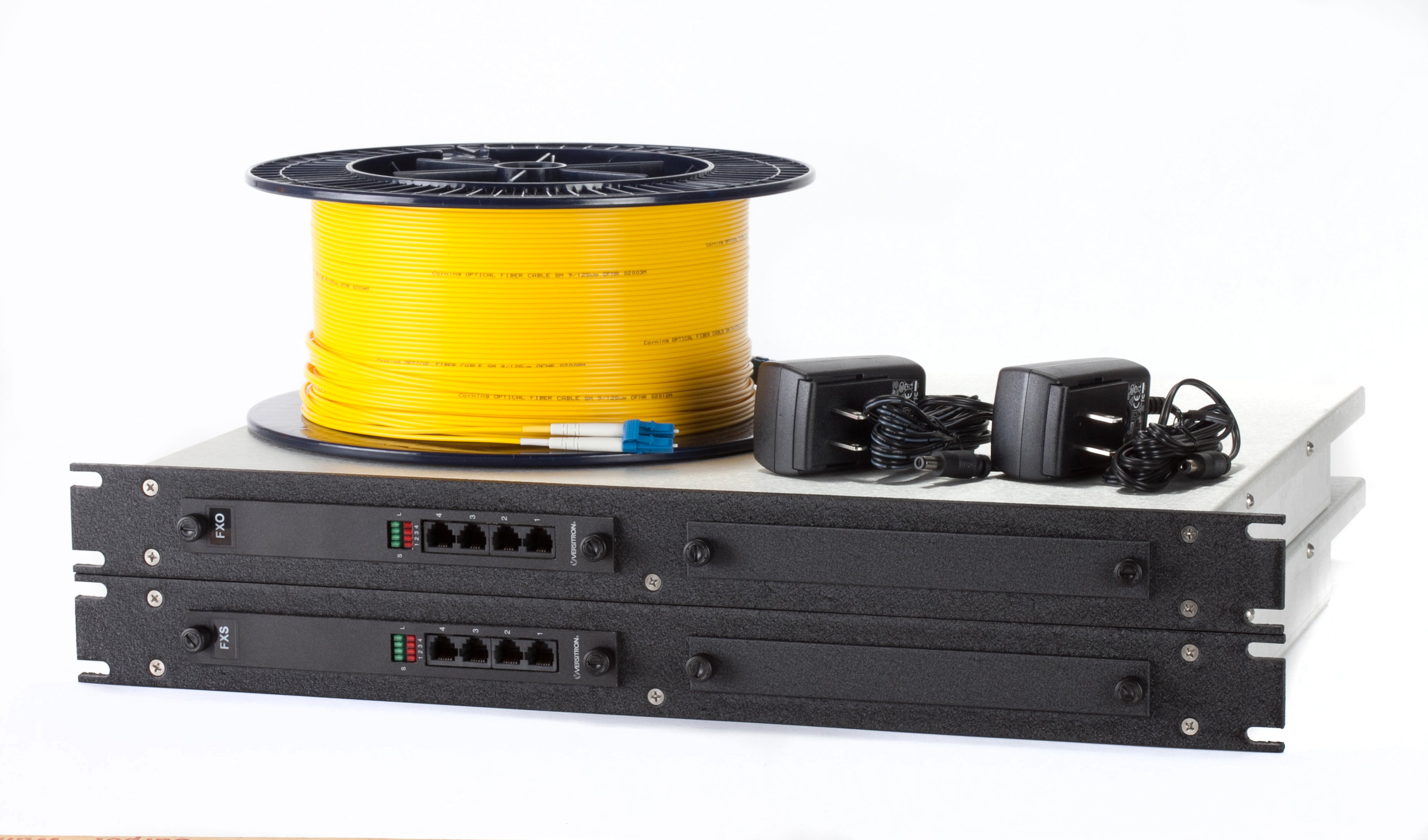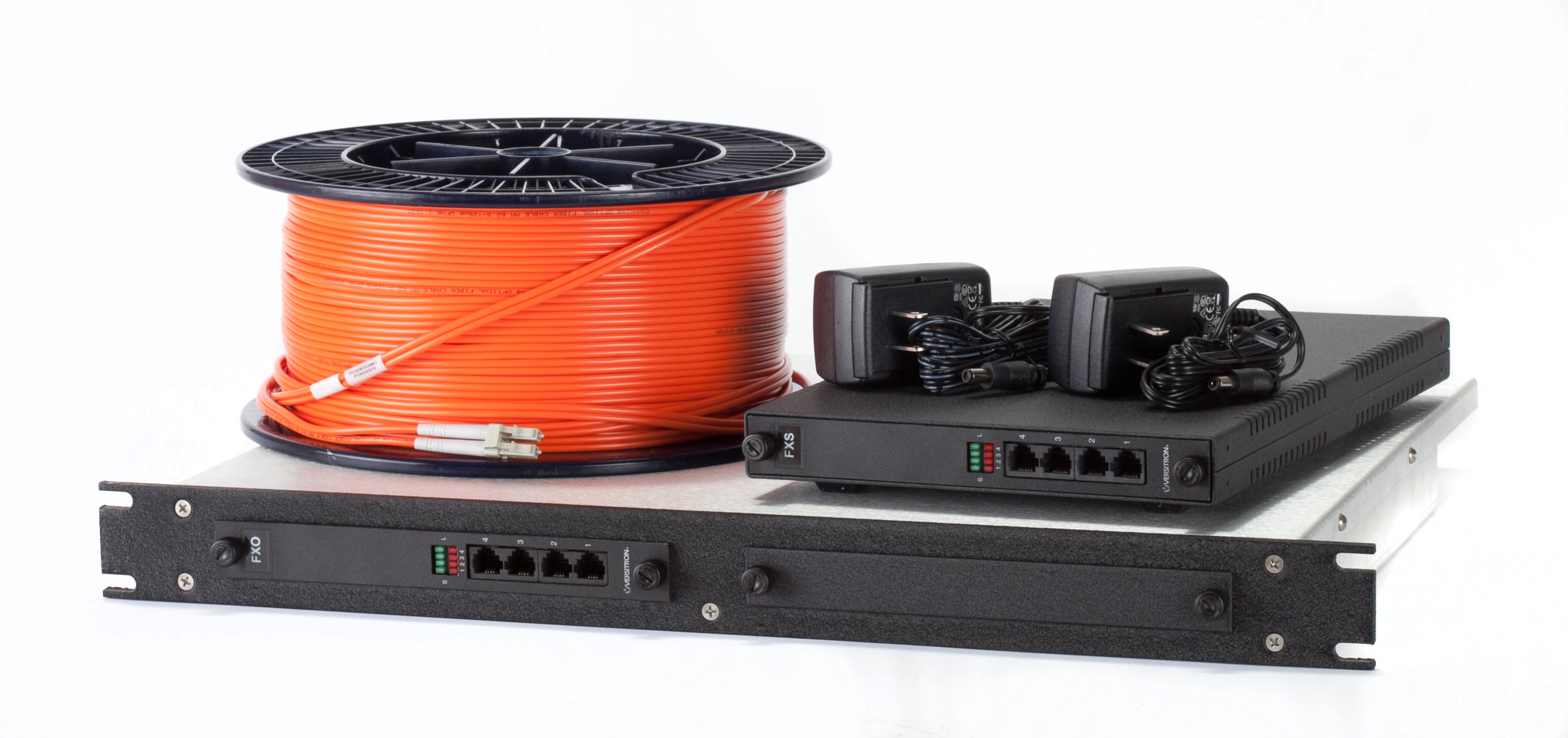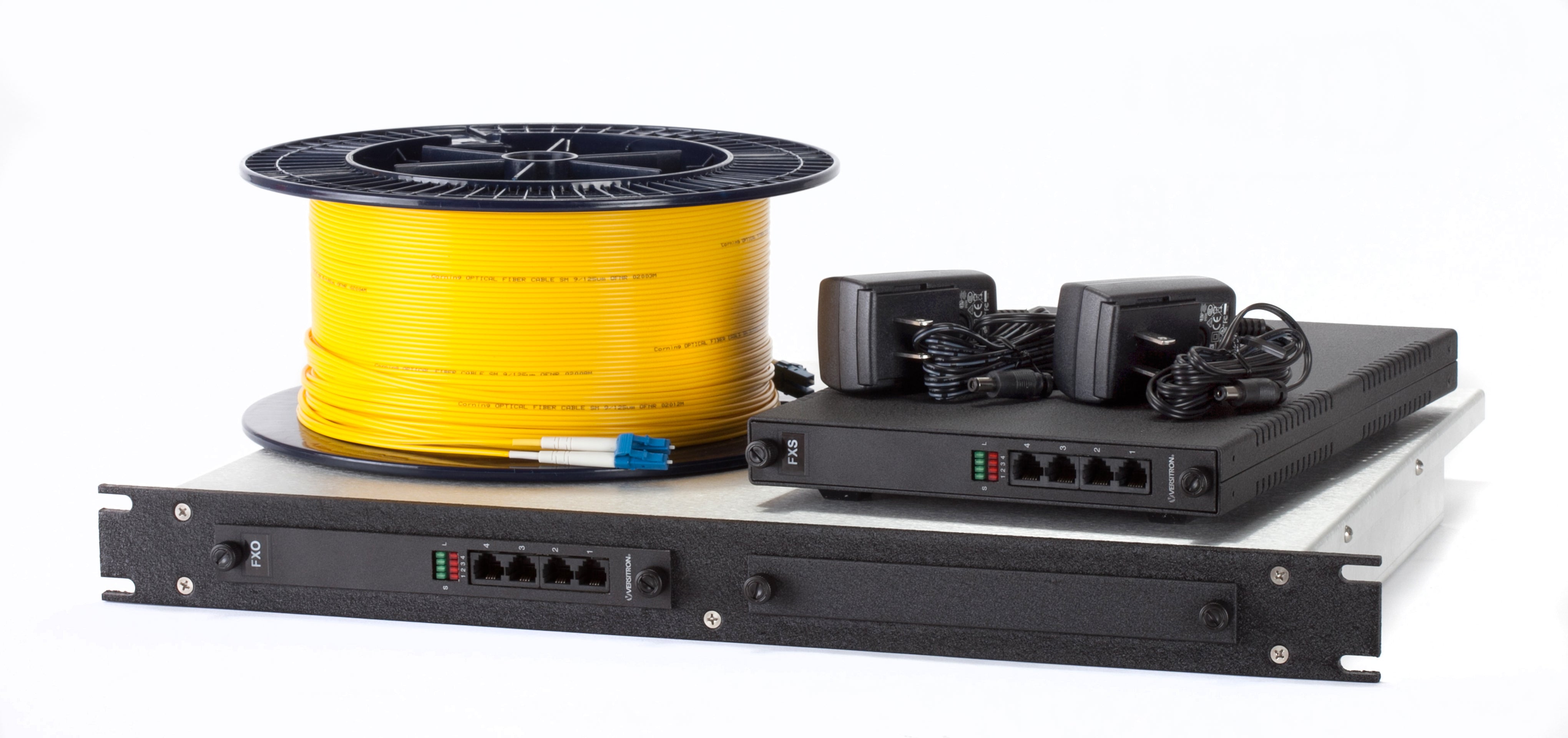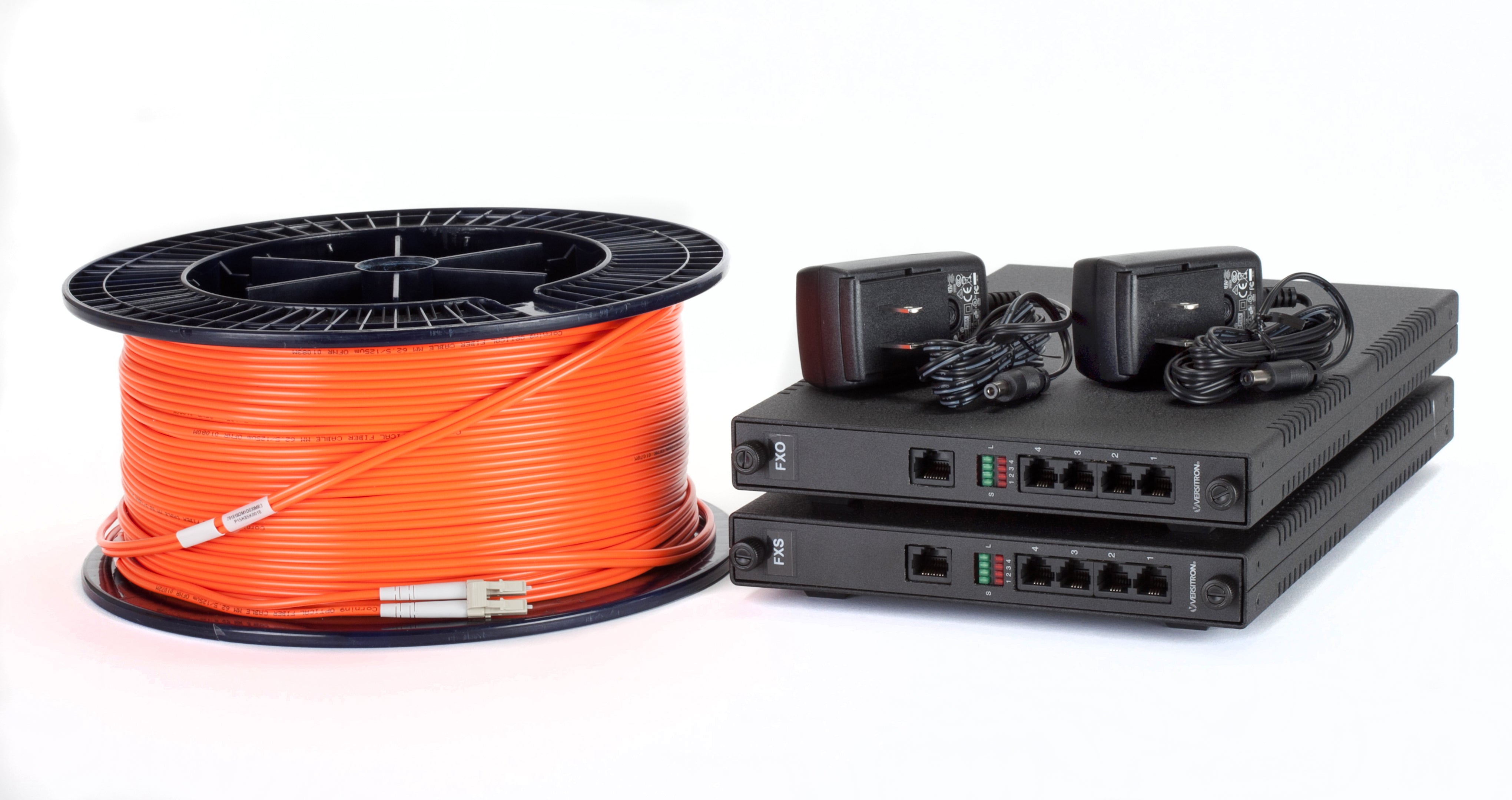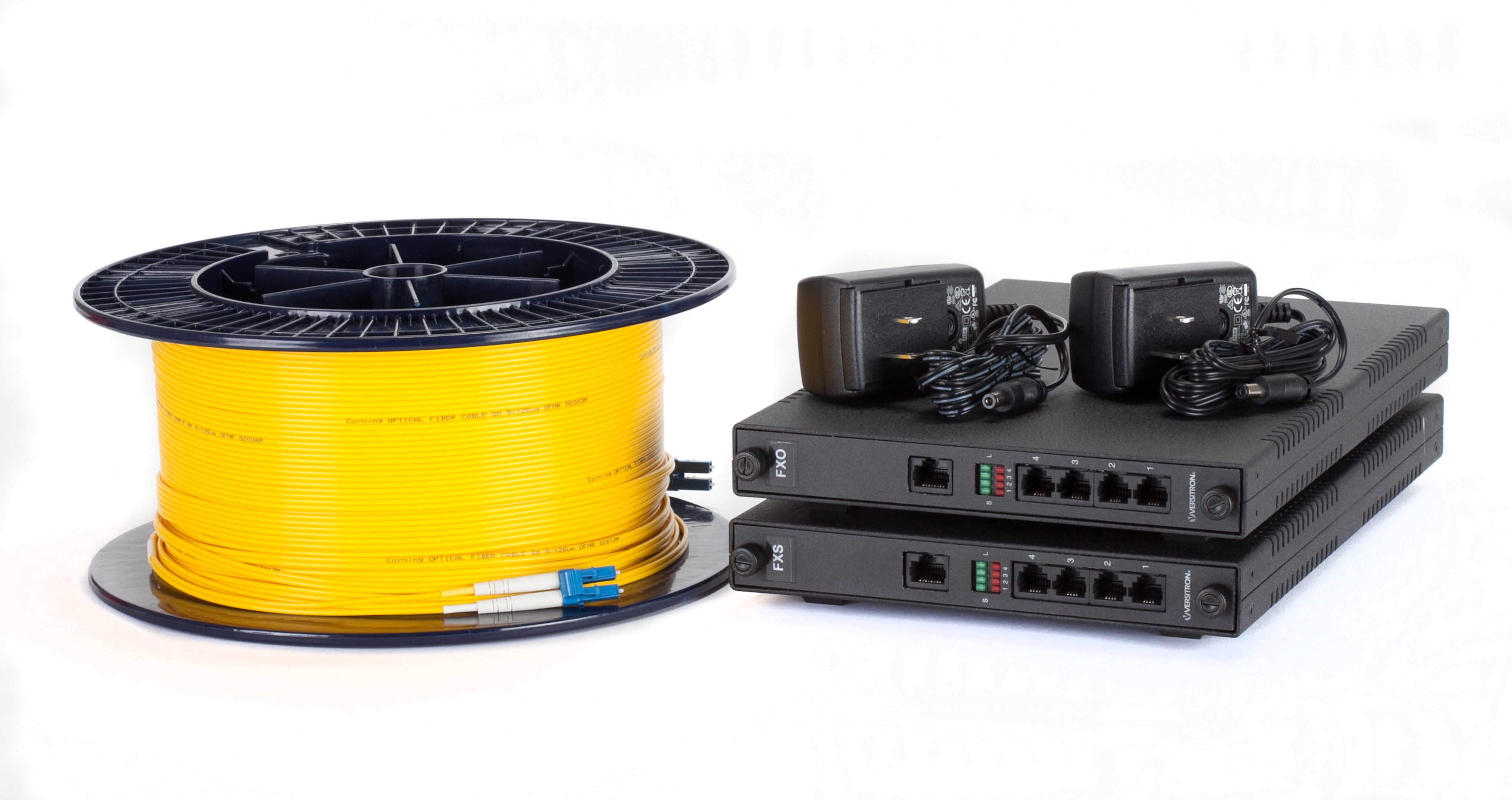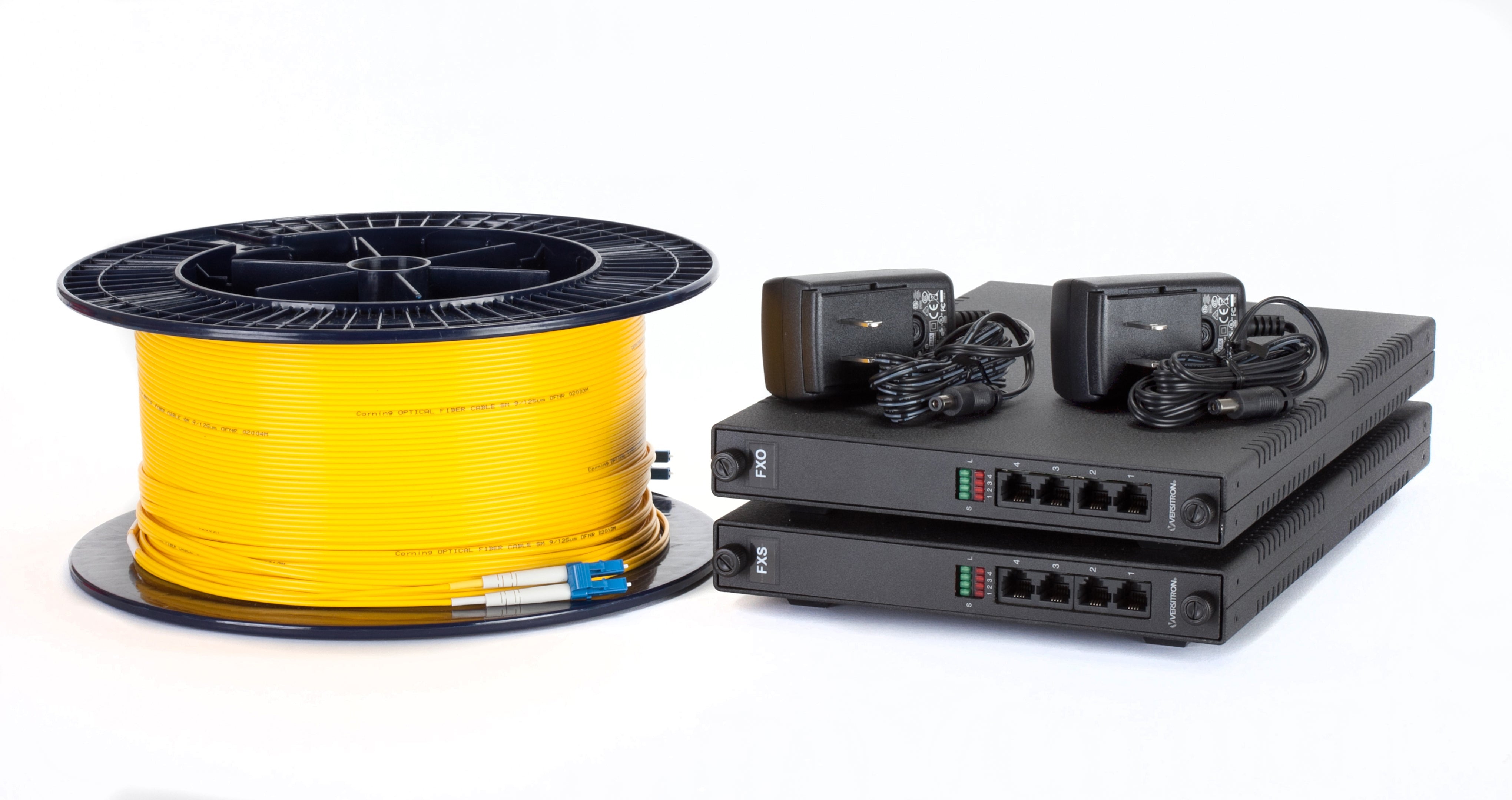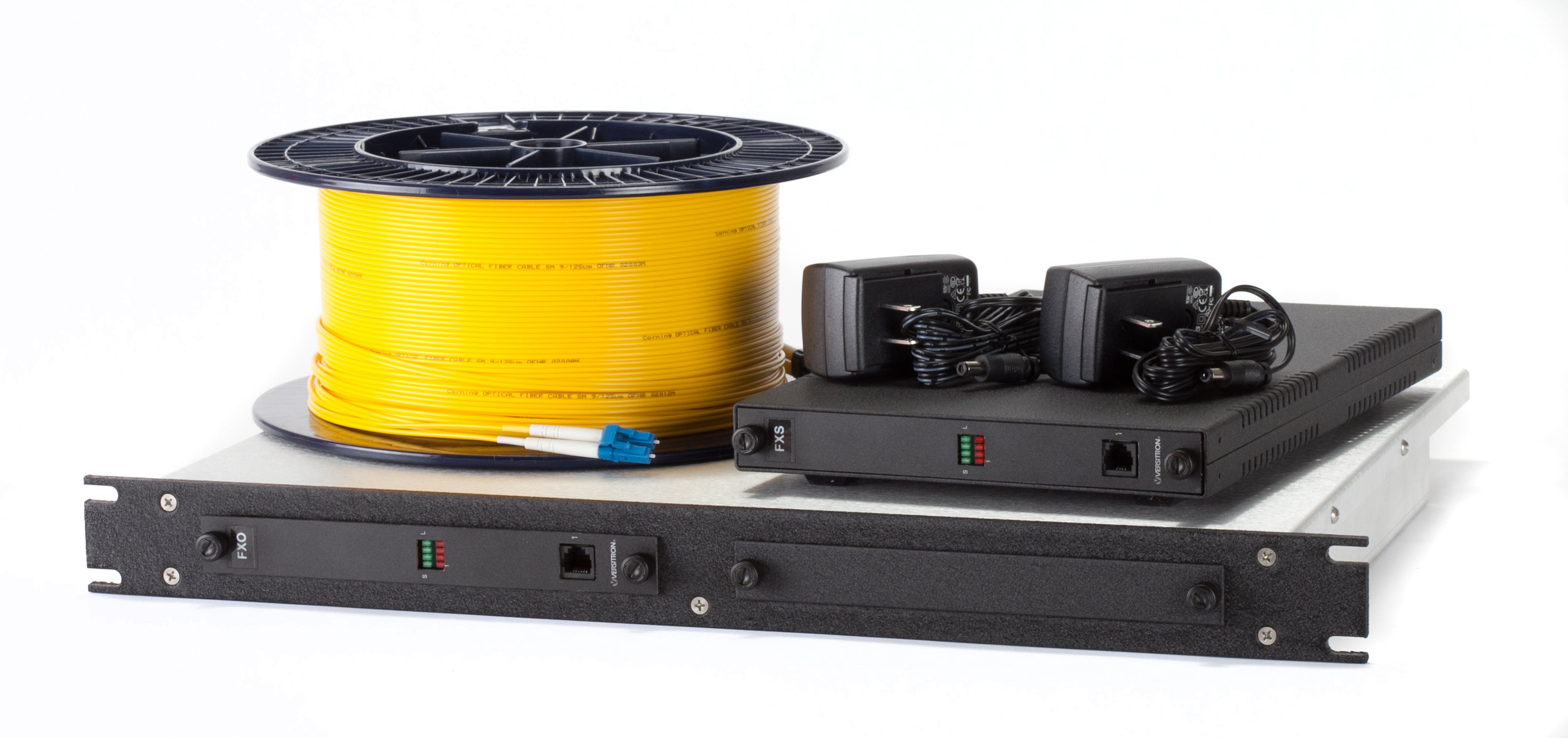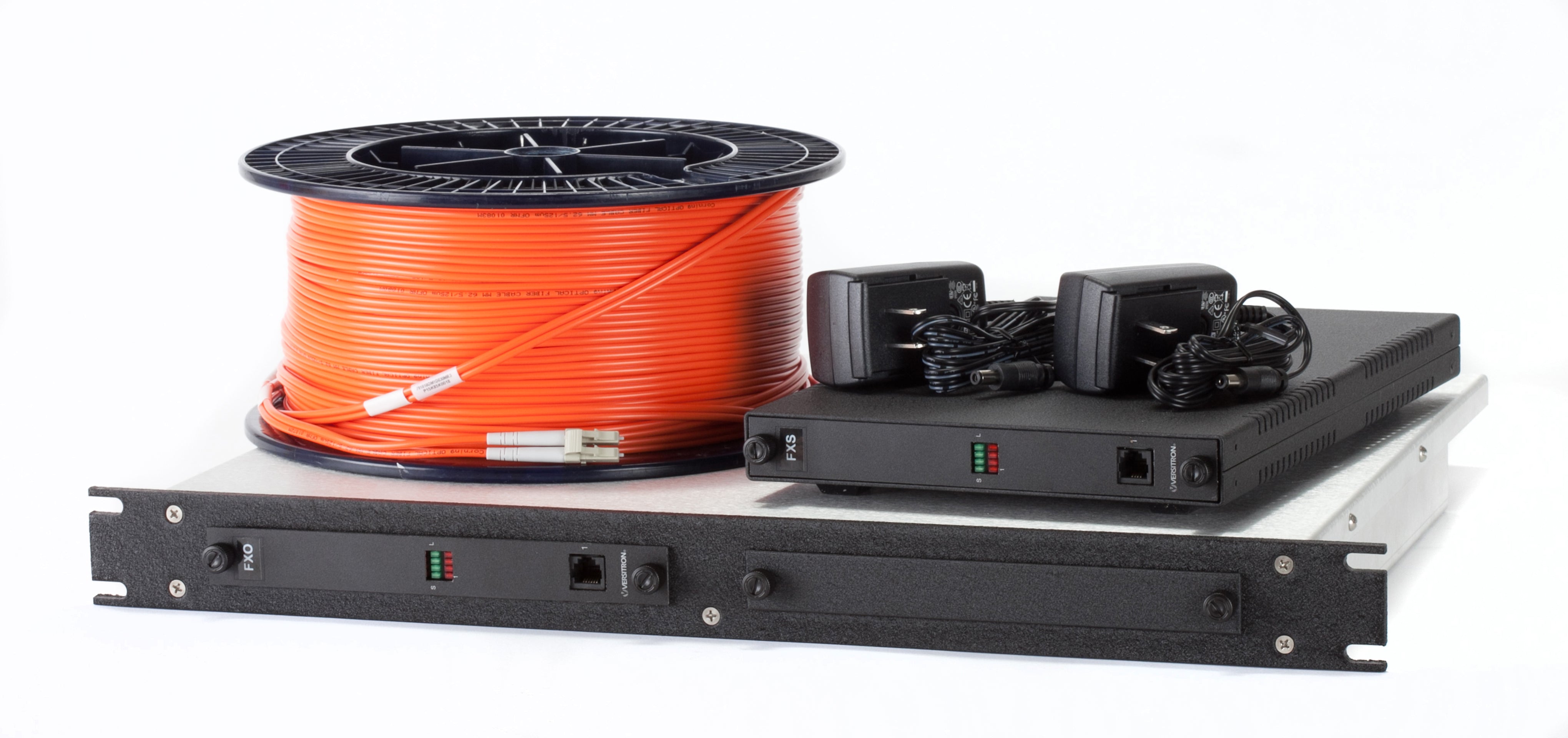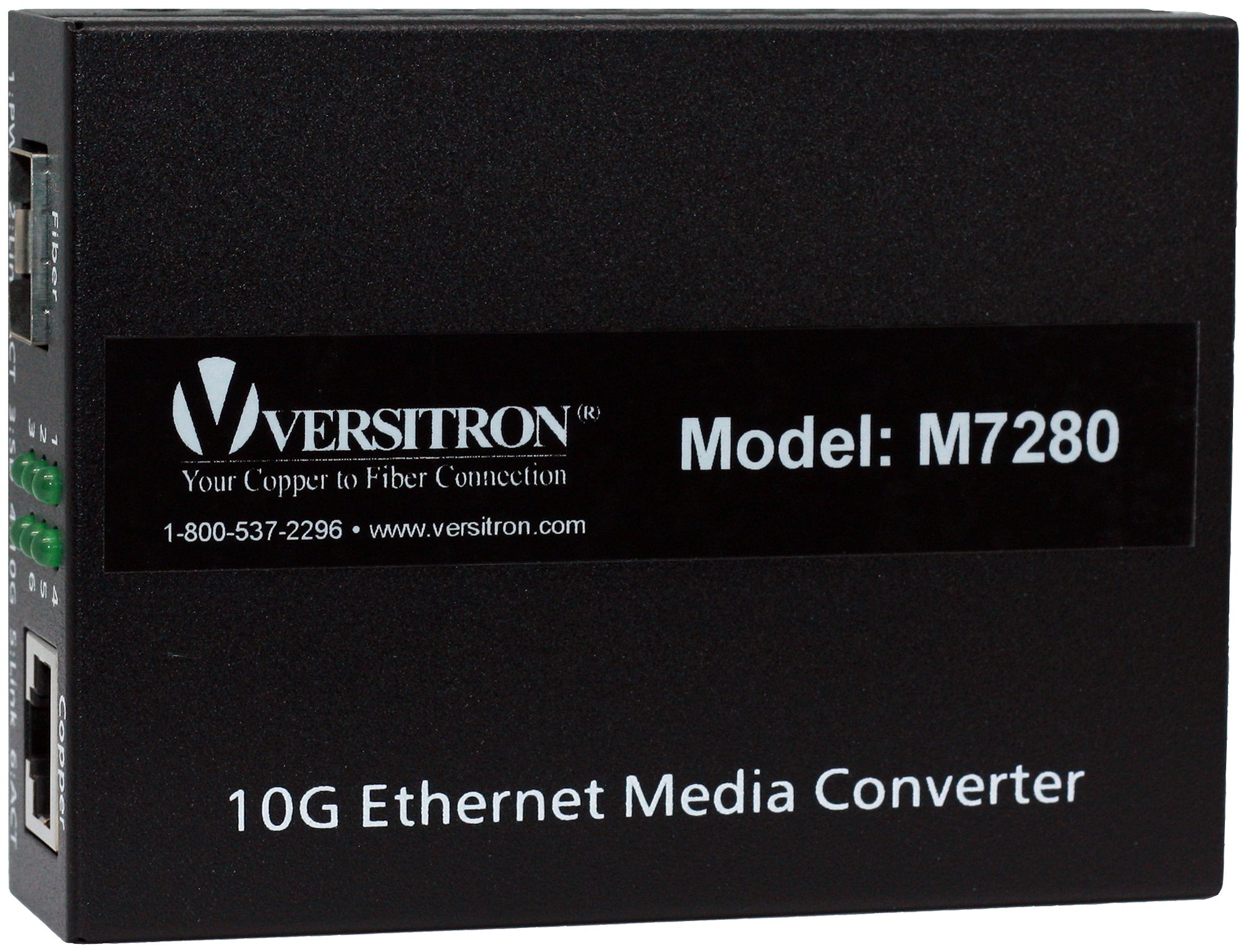Plain Old Telephone Service (POTS) refers to the analog telecommunication technology used for voice transmission implemented over physical copper wires. POTS was introduced in 1876 and remained one of the standard communication technologies until 1988.
Although today internet-based telecommunication technologies like voice over IP (VoIP) are widely utilized, several businesses utilize POTS for internal confidential communication.
Ever since fiber optics technology has paved its way to POTS technology, the scope of POTS has increased. Owing to long-distance transmission capabilities and greater reliability of fiber-integrated POTS, this technology is being reconsidered for business communications.
However, before implementing this plain ordinary telephone service into your business communication system, it is essential to gain thorough knowledge about the same. That is why, this post introduces POTS, its fundamental components, terminologies, and working principle.
Introduction to Plain Old Telephone Service (POTS)
POTS stands for Plain Old Telephone Service. It is also known as plain ordinary telephone service. The technology was introduced as a retronym for the voice-grade telephones. POTS transmits the audio signals by converting them to analog signals via copper cables. Initially, POTS was developed for copper-cable transmission from point A to point B. However, with advanced technologies, the copper cable transmission is accompanied by fiber optics to expand the range of transmission between the countries or continents.
To perform voice-grade communication over POTS, a few components are utilized, let us discuss the same.
Important Components of Plain Old Telephone Service (POTS)
The components of the POTS network telephone unit are listed below.
- Microphones
- Speakers
- Hybrid Converters
- Dial Switches
- Hook Switches
- Ringer Unit
- Casing
Although the POTS phone service relies on the above-mentioned components, it also relies on different terminologies. The terminology being utilized in the voice signal transmission becomes an essential factor of its working. Let us discuss it's terminologies.
- Switching Circuit: The circuit switching terminology is utilized when the conventional copper-cable transmission is required. Since copper cables transmit analog signals, the conversion of audio signals to analog/electronic signals is done using hybrid converters. The audio signal transmits between transmission and receiving points under a circuit itself. To activate the POTS via circuit switching, the operator needs to plug the patch cords on both ends. To get dual-way audio transmission, the truck cables can be used. The circuit switching can be replaced by crossover switches to offer easy exchangeable audio transmission, control, and monitoring operations.
- Transistors: The transistors enable digital signal transmission via copper cables. The transistor converts the audio signals into digital data packets, which further can be carried forward by copper cables.
- Modems: Modems are used to implement POTS using integrated digital service networks. The modem-based POTS uses a computer and telephone system to link with the internet provider service (IPS) network. This enables a digital subscriber line (DSL) for digital data transmission without burdening the system.
Owing to such advancement in plain ordinary telephone services, the technology is coming up as a standard of business communication over VoIP phone systems and cellular communication.
Working Principle of Plain Old Telephone Service (POTS)
The working of POTS depends on the type of terminology being utilized. However, the general working of POTS for copper-fiber transmission is discussed below.
- In the traditional POTS network, the audio signals are converted into electronic signals in order to transmit via copper cable. In this type of transmission, hybrid converters are used to translate audio signals to electronic signals and vice versa.
- However, if long-distance transmission over POTS is required, the copper cables are terminated using fiber optic cables and the transmission of audio signals is carried forward in the form of optical data packets. To convert, electronic signals to optical signals, the fiber media converters are utilized. In modern POTS networks, modems are used to integrate DSL in the communication.
- Although the signal transmission is performed by using fiber optics cables, the POTS phones require data in the audio format, therefore, the reverse translation of signals from optical-to-audio or optical-to-electronic-to-audio conversion is done by using converters at the receiving end.
What are the Traditional Features offered by POTS?
Plain Old Telephone Service (POTS) offers several traditional features that have been standard in landline telephony for decades. These features are often included with a basic telephone service plan and are widely used in residential and business phone systems. Here are some of the traditional features offered by POTS:
- Voice Calling: The primary function of POTS is to enable two-way voice communication between callers. Users can make and receive phone calls to connect with others locally and internationally.
- Call Waiting: Call waiting allows users to receive incoming calls while they are already on another call. When a second call comes in, the user is notified with a distinctive tone, and they have the option to either accept the new call or continue with the current one.
- Caller ID: Caller ID displays the phone number and, if available, the name of the incoming caller. This feature helps users identify who is calling before answering the phone.
- Call Forwarding: Call forwarding lets users redirect incoming calls to another phone number. This feature is useful when individuals are away from their primary phone and want to ensure they don't miss important calls.
- Three-Way Calling: Also known as conference calling, this feature allows users to add a third party to an ongoing phone call, creating a three-way conversation.
- Voicemail: Voicemail provides a recording service for missed calls. When a caller reaches a busy or unanswered line, they can leave a voice message, which the recipient can listen to later.
- Speed Dialing: Speed dialing allows users to assign specific numbers to pre-programmed keys on their phone, making it easier and quicker to dial frequently called contacts.
- Call Block/Call Screening: POTS phone service often includes a call-blocking feature, enabling users to block specific phone numbers or calls from private or unknown numbers.
- Redial: The redial feature allows users to quickly dial the last number called without having to manually enter the digits again.
- Directory Assistance: POTS traditionally provides directory assistance services, where users can call a specific number to get contact information for businesses and residences.
- Distinctive Ringing: This feature enables users to set different ring patterns or tones for different callers, making it easier to identify specific callers without checking the Caller ID.
What is the Difference between POTS and VoIP?
Here are some key differences between POTS and VoIP:
-
Technology:
Plain Old Telephone Service (POTS) is a traditional analog telephone system that uses copper wires to transmit voice signals over the Public Switched Telephone Network (PSTN).
While Voice over Internet Protocol (VoIP) is a digital communication technology that converts voice signals into data packets and transmits them over the Internet.
-
Transmission Medium:
POTS service relies on physical copper wires for communication, requiring dedicated landlines for each connection.
Whereas Voice over Internet Protocol (VoIP) utilizes the internet as the transmission medium, enabling voice communication through Internet-enabled devices like computers and smartphones.
-
Infrastructure:
POTS Phone Service requires an extensive network of copper cables and analog equipment, typically managed by telecommunications companies.
Whereas Voice over Internet Protocol (VoIP) utilizes existing Internet infrastructure, reducing the need for additional physical cabling and infrastructure.
-
Cost:
Traditionally, POTS services can be more expensive due to the need for physical infrastructure maintenance and dedicated lines.
Whereas VoIP more cost-effective, especially for long-distance and international calls, as it uses the existing internet connection.
-
Features and Flexibility:
Plain Old Telephone Service (POTS) offers basic calling features like call waiting and caller ID, but lacks advanced features commonly found in digital systems.
While Voice over Internet Protocol (VoIP) provides a wide range of advanced features such as video conferencing, voicemail-to-email, call forwarding, and virtual phone numbers.
-
Accessibility:
Plain Old Telephone Service (POTS) is available in areas with traditional telephone infrastructure, but may have limitations in remote or rural regions.
While Voice over Internet Protocol (VoIP) is accessible anywhere with a reliable internet connection, making it more suitable for global communication.
-
Reliability:
POTS is generally considered more reliable during power outages, as it doesn't rely on electrical power for communication.
Whereas VoIP’s reliability can be impacted during power failures or internet outages unless backup power or contingency measures are in place.
-
Emergency Services:
POTS is known for its reliable connection to emergency services like 911, even when power is down.
Whereas VoIP’s emergency services may be affected by power failures or internet disruptions, requiring additional measures for reliable access.
-
Integration with Digital Services:
POTS lacks seamless integration with modern digital services, limiting its compatibility with newer communication technologies.
Whereas VoIP easily integrates with various digital services, enabling unified communications, collaboration tools, and cloud-based applications.
POTS vs VoIP: Comparison Summary
|
Aspect |
POTS |
VoIP |
|
Technology |
Analog |
Digital |
|
Transmission Medium |
Copper wires |
Internet |
|
Infrastructure |
Requires extensive copper cables and analog equipment |
Utilizes existing Internet infrastructure |
|
Cost |
Can be more expensive due to physical infrastructure maintenance |
More cost-effective, especially for long-distance calls |
|
Features and Flexibility |
Basic features, lacks advanced digital features |
Wide range of advanced features |
|
Accessibility |
Limited to areas with traditional telephone infrastructure |
Accessible anywhere with reliable internet connection |
|
Reliability |
More reliable during power outages |
Reliability can be impacted by power or internet outages |
|
Emergency Services |
Reliable connection to emergency services |
Emergency services may be affected by outages |
|
Integration with Digital Services |
Limited compatibility with modern digital services |
Easily integrates with various digital services |
User Familiarity with POTS Technology
User familiarity with POTS (Plain Old Telephone Service) technology is widespread particularly among individuals who have experienced or used landline telephones in their daily lives. POTS has been the standard telephone service for many decades, and it has played a significant role in shaping global communication. Key points regarding user familiarity with POTS technology include:
- Long-standing Technology: POTS has been in existence for over a century, with its roots dating back to the invention of the telephone by Alexander Graham Bell in the late 19th century. As a result, many people, especially older generations, have grown up using and relying on traditional landline phones.
- Ubiquity: POTS technology has been widely available in both urban and rural areas, making it accessible to a broad demographic. Its prevalence has contributed to its widespread recognition and usage.
- Simplicity: One of the reasons for the popularity of POTS phone service is its straightforward and user-friendly nature. Traditional telephones are easy to operate, typically requiring no specialized technical knowledge.
- Basic Features: POTS users are familiar with the fundamental features, such as voice calling, call waiting, caller ID, and voicemail, which have become ingrained in everyday communication.
- Nostalgia and Sentimentality: POTS holds nostalgic value for many individuals, reminding them of earlier times when landline phones were the primary means of communication. This sentimentality contributes to user familiarity and emotional attachment to the technology.
- Business Usage: While the rise of mobile and digital communication has altered personal phone habits, POTS continues to be used in businesses, offices, and institutions. As a result, employees and professionals often encounter POTS technology in their workplace.
- Technological Shift: Despite its familiarity, POTS is gradually being supplanted by modern communication technologies, such as Voice over Internet Protocol (VoIP) and cellular networks. As a consequence, younger generations may have less direct experience with POTS.
- Digital Integration: In some cases, POTS technology has been integrated with digital systems to adapt to changing communication needs. For example, VoIP gateways allow POTS lines to connect with IP-based networks.
- Emergency Services: POTS has been associated with reliable emergency communication services, particularly in instances when other communication channels might fail during natural disasters or power outages.
POTS as a Backup during Internet Outages
Plain Old Telephone Service (POTS) can serve as a valuable backup communication option during internet outages. As the traditional landline telephone system, POTS relies on analog copper wires to transmit voice signals, making it largely independent of internet connectivity. Here's how POTS can be used as a backup during internet outages:
- Reliable Communication: POTS is known for its reliability, as it operates on a dedicated network separate from the internet. During internet service disruptions caused by power outages, equipment failures, or other issues, POTS service remains functional, providing a reliable means of communication.
- Emergency Communication: In times of emergencies, such as natural disasters or severe weather events that can disrupt internet services, POTS can be a critical lifeline for users to reach out for help or communicate with emergency services. Its ability to function even without internet connectivity makes it a dependable option during such situations.
- Basic Voice Services: While internet outages can impact various online services, POTS is unaffected by these disruptions. Users can still make and receive voice calls using their landline phones without any reliance on internet-based platforms.
- Wide Coverage: POTS infrastructure has been established and maintained for many years, ensuring widespread coverage in both urban and rural areas. This broad coverage makes it accessible to a large number of users, even in remote locations.
- Compatibility with Older Devices: POTS works with traditional analog telephones, many of which do not require external power sources. This compatibility ensures that users can continue to make calls during power outages, unlike some internet-based communication devices that rely on electricity.
- Business Continuity: In business settings, where uninterrupted communication is vital, having POTS as a backup ensures that essential voice communications can continue even if internet services are temporarily unavailable.
- Redundancy in Communication: Organizations and individuals can opt for a dual communication system that includes both internet-based services (such as VoIP) and POTS. This approach offers redundancy and ensures that communication remains possible even if one system fails.
Fiber-based POTS allows audio signal distribution to multiple receivers by using fiber mux. The fiber mux is a device that splits the optical signals into multiple signals of uniform intensity. However, to achieve optimum results of POTS, it is essential to use high-quality products. That is why you should source such products from trusted suppliers like VERSITRON. We offer high-quality FXO/FXS converter installation kits for POTS network integration. They are also well-known for supplying high-quality fiber optic media converts, switches, etc.
FAQs
POTS lines are not completely going away, but they're getting more expensive to maintain. In some places, phone companies don't have to offer these old-fashioned lines anymore. Instead, they're focusing on providing internet connections through cables or fiber optics, which can handle both internet and phone calls.
Absolutely. VoIP technology enables the use of various phone types, including POTS phones. You can make POTS phones compatible with VoIP by using an analog telephone adapter (ATA). This device acts as a bridge between the analog phone and the VoIP system, facilitating communication between them.
Circuit switching is used in a Plain old telephone service (POTS).
POTS lines are commonly used for various purposes, particularly by legacy devices like fire alarms, security panels, and elevator service lines. Additionally, devices such as fax machines, point-of-sale terminals, and building entry systems often rely on traditional POTS landlines.



